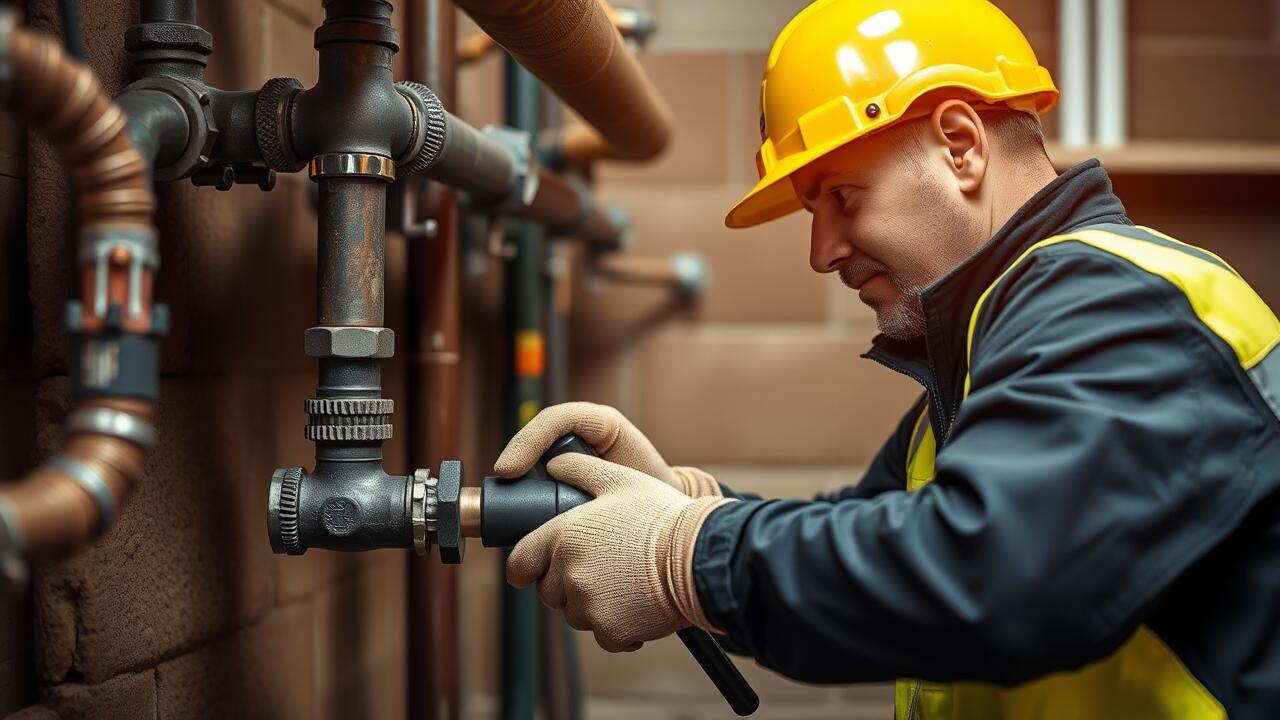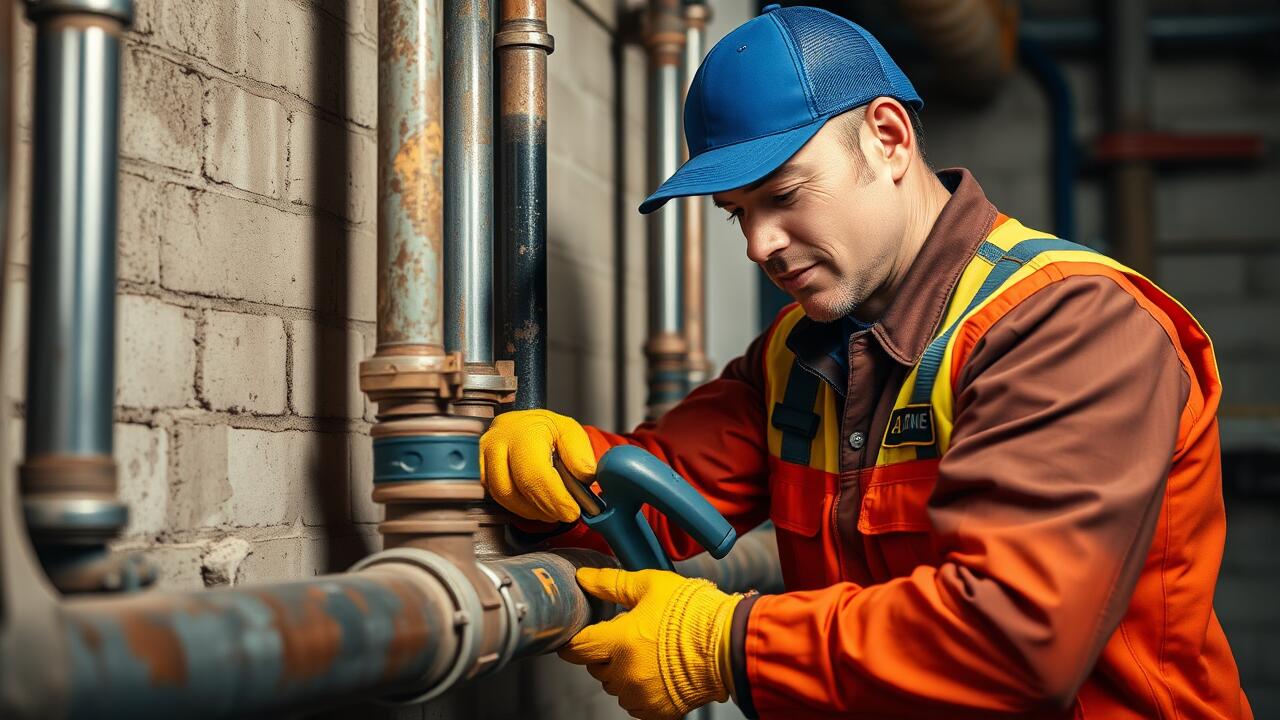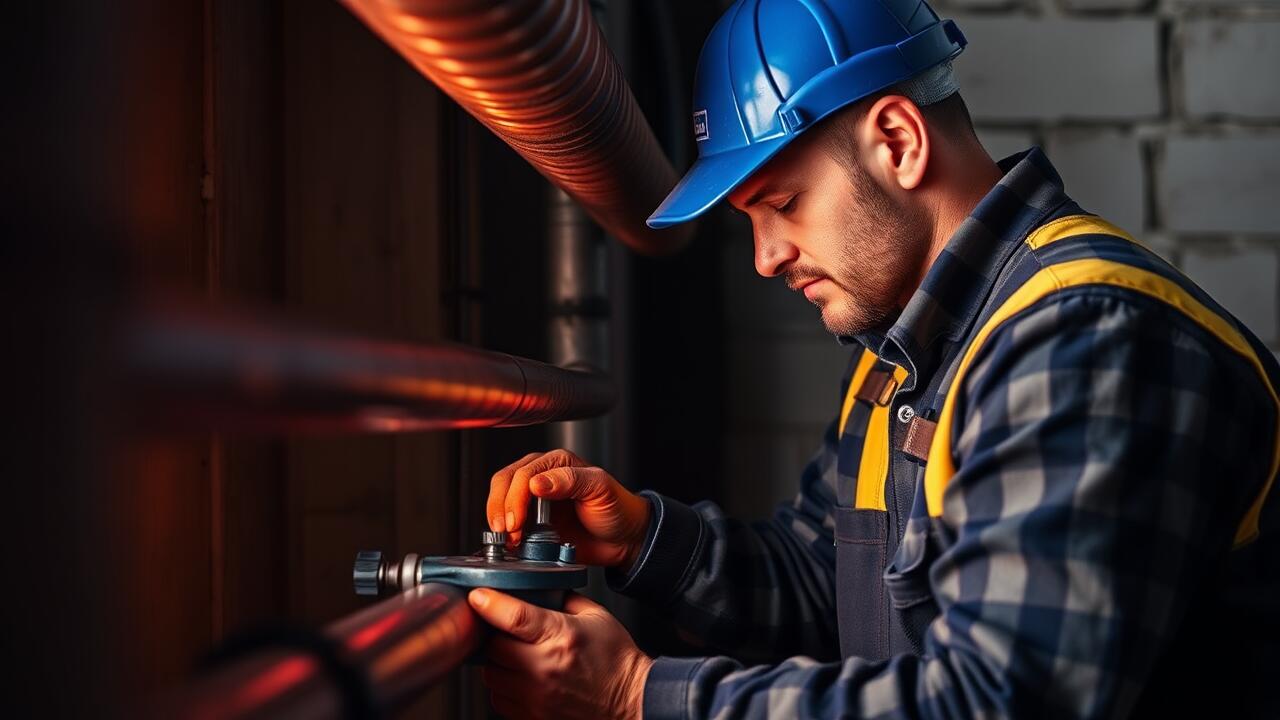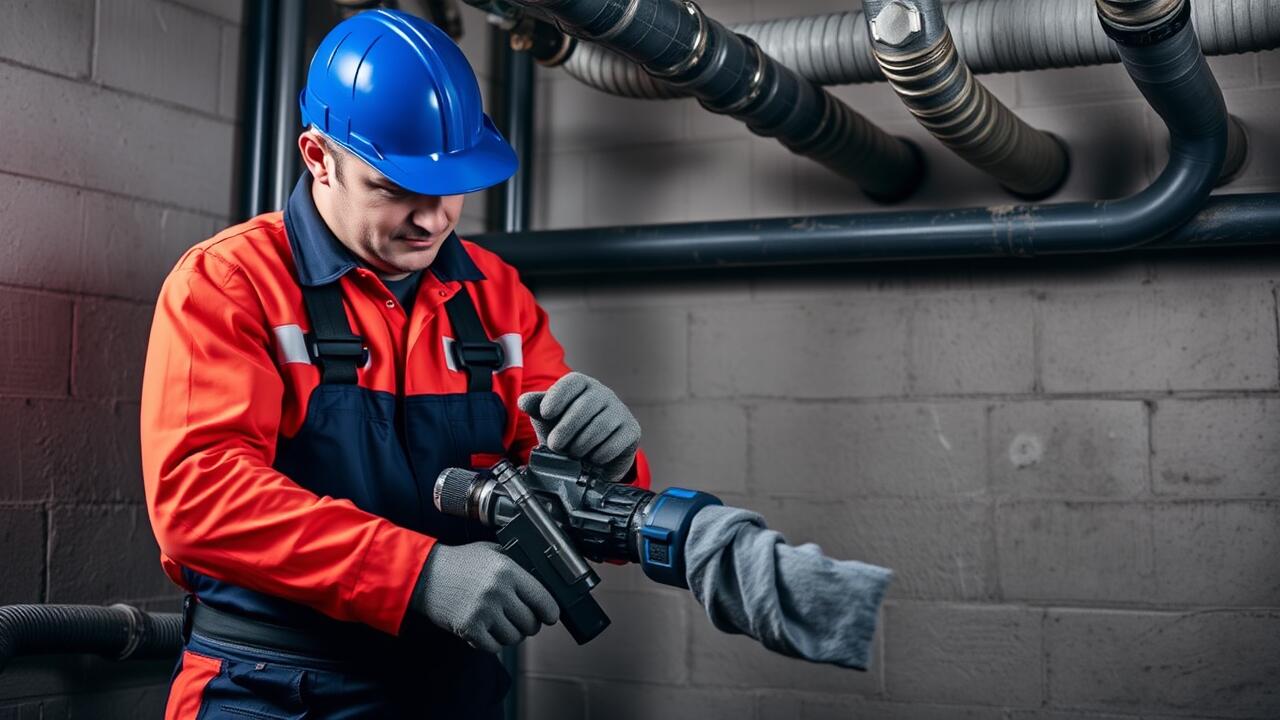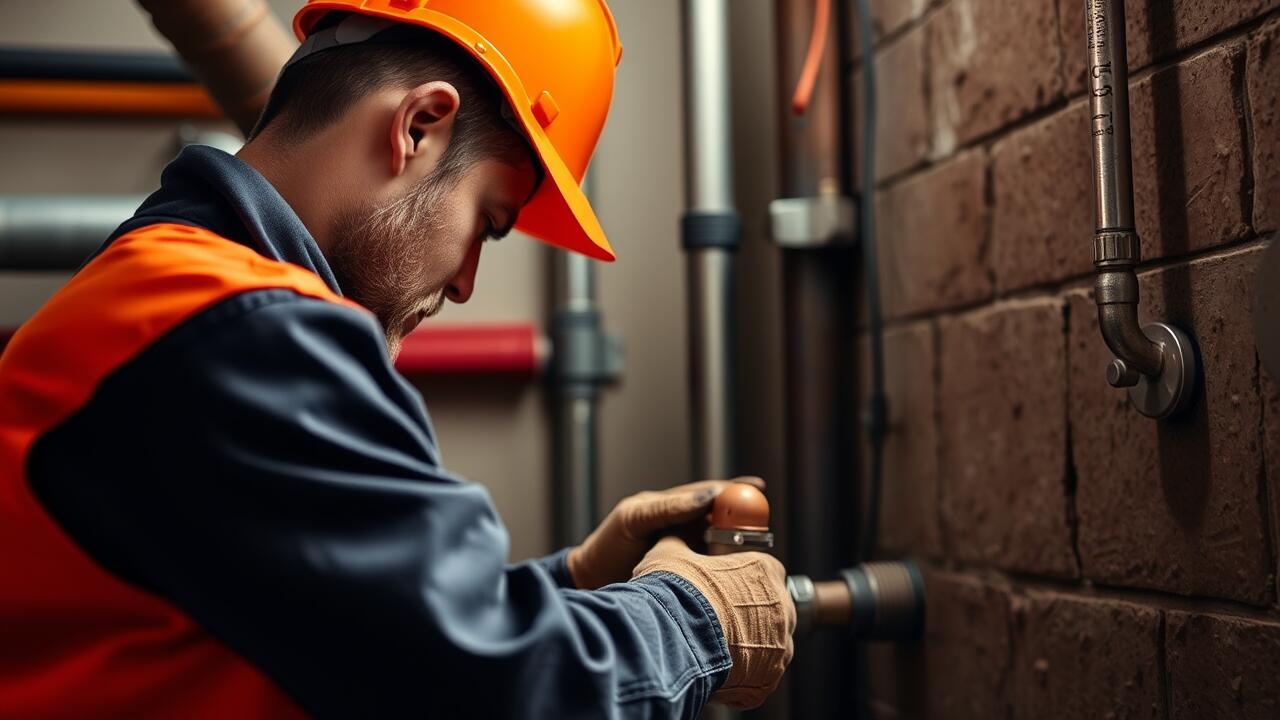
Recognizing Galvanized Steel Pipes
Galvanized steel pipes are often found in older homes and buildings, primarily used in plumbing systems. Their distinctive silver-gray appearance and ferrous composition make them relatively easy to identify. The surface may appear shiny when new but can become dull or rusty over time. If you notice rust spots, it's a strong indicator that the pipe is galvanized. Look for threaded fittings as well, which are common in this type of piping.
In addition to their visual characteristics, galvanized steel pipes tend to be heavier than their plastic counterparts. They also make a distinct sound when tapped, which is a result of the material's density. If you suspect you have these pipes in your plumbing system and are in need of maintenance, searching for "Pipe repair near me" can help you find local professionals experienced in dealing with galvanized steel.
How to Spot Galvanized Steel
Galvanized steel pipes have a distinctive appearance that sets them apart from other materials. They often feature a metallic gray color and a slightly rough texture due to their zinc coating. This coating not only protects the steel from rust but also gives the pipe a shiny, metallic sheen. Over time, these pipes can develop a white, powdery surface known as zinc corrosion, which can further aid in identification. Inspecting the ends of the pipe will also reveal threading, making them suitable for connections with other piping systems.
When assessing your plumbing needs, it’s important to know the location of galvanized pipes in your home. These pipes are commonly found in older constructions and may be connected to plumbing systems still in use today. Look for signs of wear such as leaks or corrosion. If you notice issues, consider searching for “pipe repair near me” to find professionals who can assist in evaluating and addressing any concerns with your galvanized steel plumbing.
Characteristics of ABS Pipes
ABS (Acrylonitrile Butadiene Styrene) pipes are known for their lightweight and durable characteristics. They have a distinct black color, which sets them apart from other piping materials. These pipes are resistant to impact and have excellent chemical resistance, making them suitable for various plumbing applications. Their installation is straightforward due to their socket fittings and low friction coefficients, which enhance water flow.
One significant advantage of ABS pipes is their long lifespan. They do not corrode like metal pipes, ensuring reliable performance over time. If damage occurs, the repair process is relatively easy and cost-effective. Homeowners often search for "pipe repair near me" to find local experts familiar with ABS pipe maintenance and repair, ensuring their plumbing systems remain in optimal condition.
Key Features of ABS Material
ABS (Acrylonitrile Butadiene Styrene) pipes are known for their lightweight and durable properties. They are often used in various plumbing and drainage systems due to their excellent resistance to impact and corrosion. The material is easy to install, which can save time and labor costs for projects. Additionally, ABS pipes are typically available in a range of sizes, making them a versatile choice for different applications.
Another notable feature of ABS pipes is their sound-dampening quality, which helps reduce noise when water flows through them. This makes them particularly appealing for residential installations. Homeowners seeking effective solutions for plumbing issues might search for "Pipe repair near me" to find local professionals experienced in working with ABS materials. These characteristics contribute to the overall reliability and popularity of ABS pipes in construction and renovation projects.
Differentiating Between Stainless Steel and Other Materials
Stainless steel pipes are often preferred in various construction and plumbing applications due to their durability and resistance to corrosion. Unlike other pipe materials, such as galvanized steel or PVC, stainless steel can withstand extreme temperatures and harsh chemicals, making it suitable for both residential and industrial uses. While galvanized steel may show signs of rust over time, stainless steel maintains its structural integrity, requiring less maintenance and fewer repairs.
When considering options for pipe systems, the benefits of stainless steel become clear. Its longevity and strength can lead to significant cost savings in the long run. Homeowners searching for “pipe repair near me” often discover that issues related to stainless steel pipes are less frequent compared to other materials. This makes stainless steel an attractive option for new installations as well as upgrades for existing plumbing systems.
Benefits of Stainless Steel Pipes
Stainless steel pipes are renowned for their exceptional durability. These pipes resist corrosion and rust, making them suitable for various applications, including plumbing and industrial settings. This longevity reduces the need for frequent replacements, aligning well with long-term project planning and cost efficiency. Their strength also allows them to withstand high pressures and temperatures, making them a preferred choice in demanding environments.
In addition to their durability, stainless steel pipes offer aesthetic appeal. Their sleek, shiny surface enhances the overall look of installations, contributing to a modern and clean appearance. Furthermore, the hygienic properties of stainless steel make it ideal for food and beverage industries. For those dealing with pipe-related issues, searching “pipe repair near me” can lead to professionals who are well-versed in handling stainless steel systems effectively.
FAQS
What are the most common types of pipe materials?
The most common types of pipe materials include galvanized steel, ABS (Acrylonitrile Butadiene Styrene), and stainless steel, each with unique characteristics and uses.
How can I tell if a pipe is galvanized steel?
You can identify galvanized steel pipes by their silver or metallic finish and their slightly rough texture. Additionally, if the pipe has a threaded appearance at the ends, it is likely galvanized steel.
What are the key features of ABS pipes?
ABS pipes are typically black, lightweight, and have a smooth surface. They are also resistant to impact and chemicals, making them suitable for various drainage and venting applications.
How can I differentiate between stainless steel and other materials?
Stainless steel pipes have a shiny, corrosion-resistant surface and are often non-magnetic. They are heavier than plastic pipes and lighter than galvanized steel, allowing for easy identification.
What are the benefits of using stainless steel pipes?
The benefits of stainless steel pipes include their durability, resistance to corrosion and rust, high strength, and ability to withstand extreme temperatures, making them ideal for a variety of applications.
